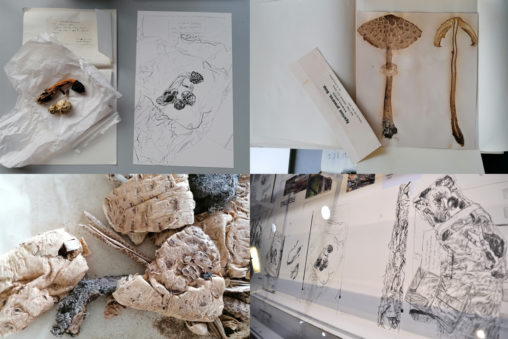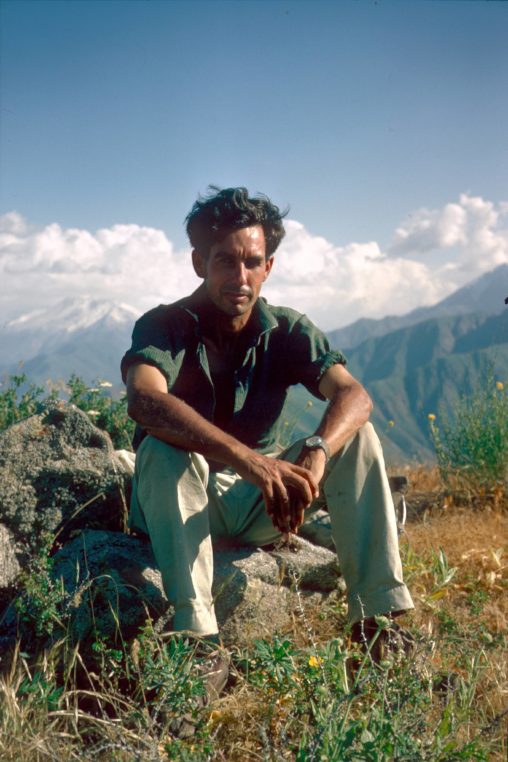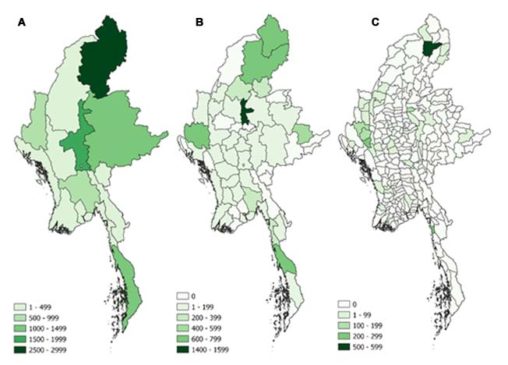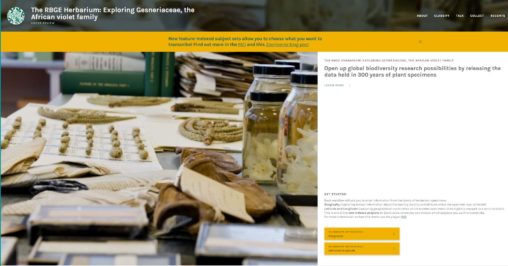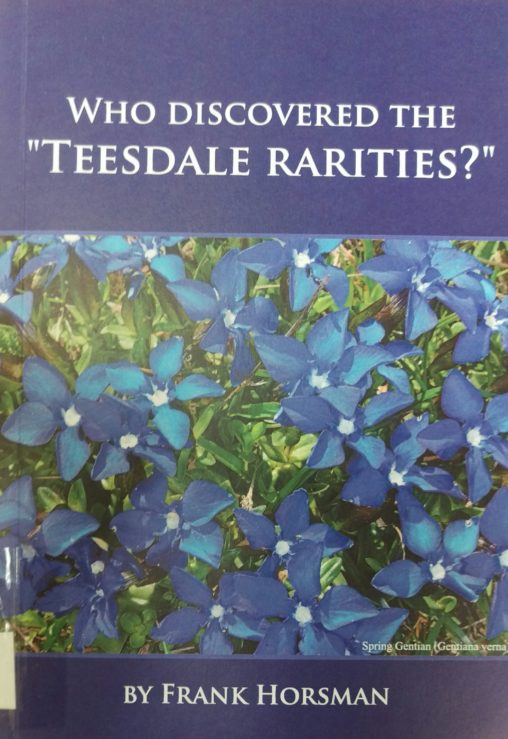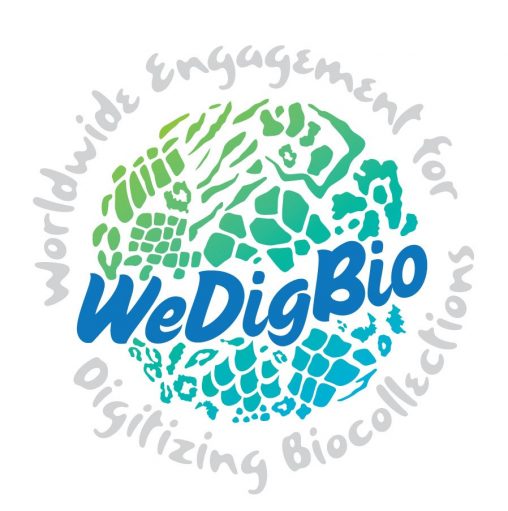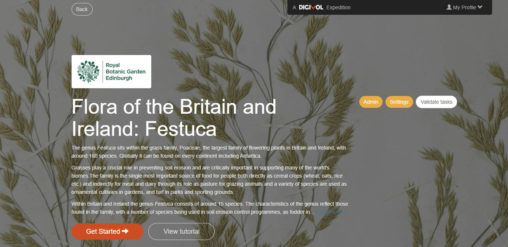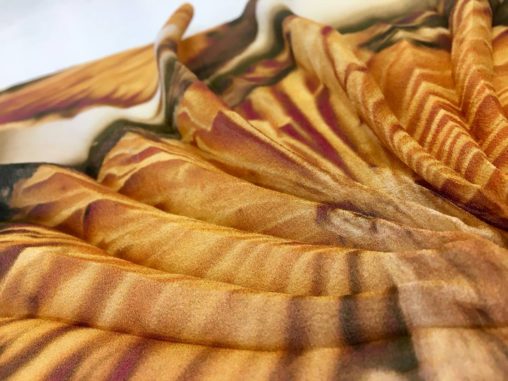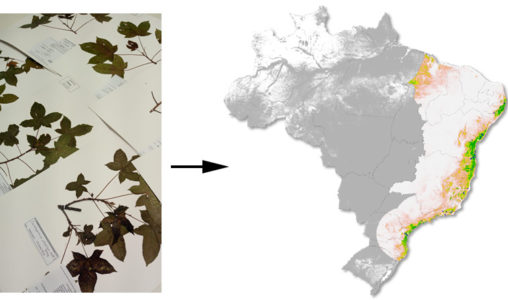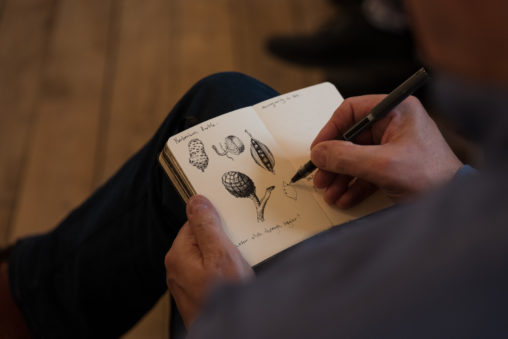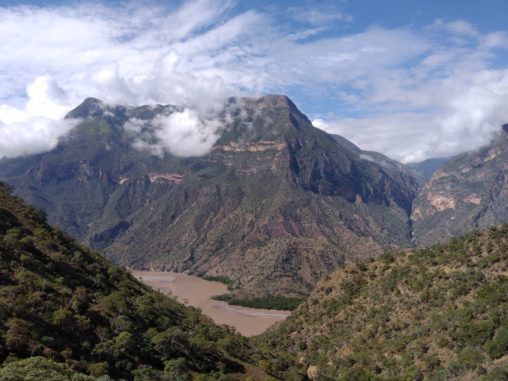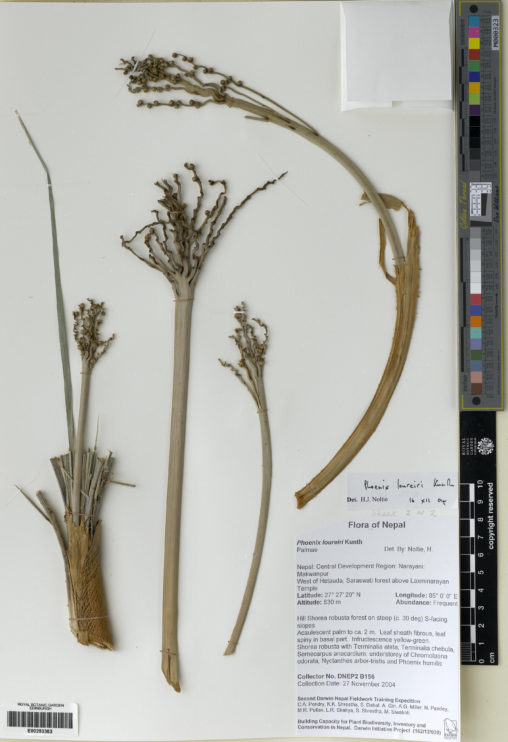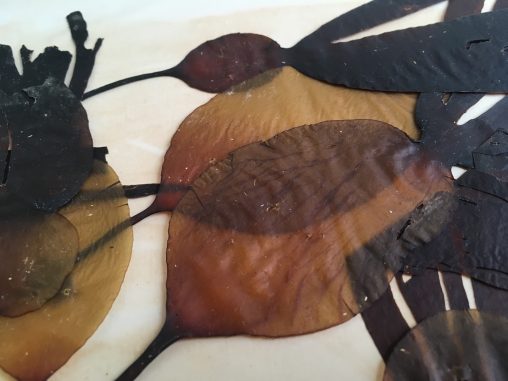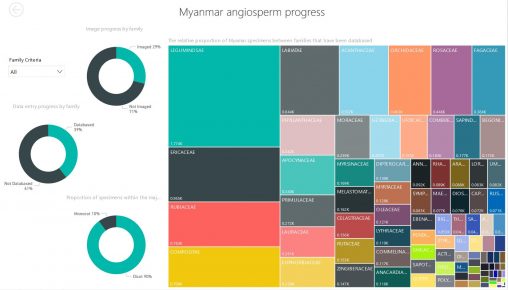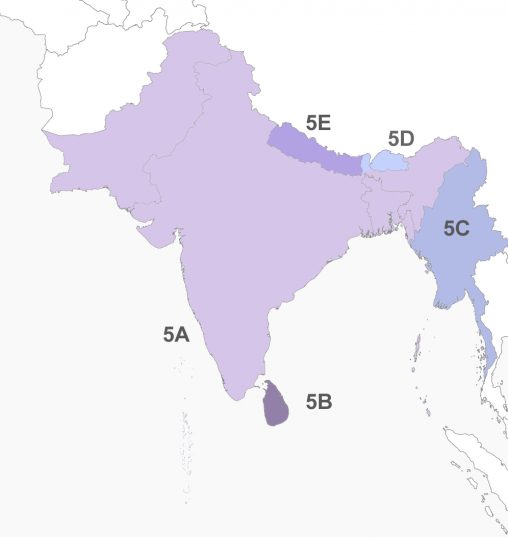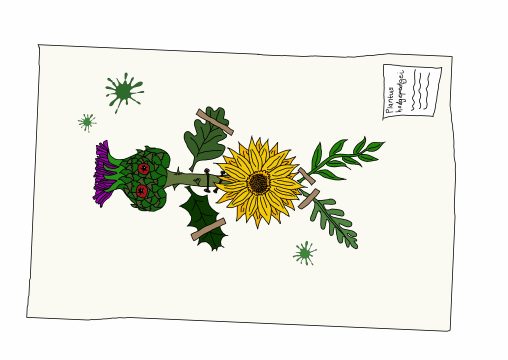Tag: herbariumPage 4 of 8
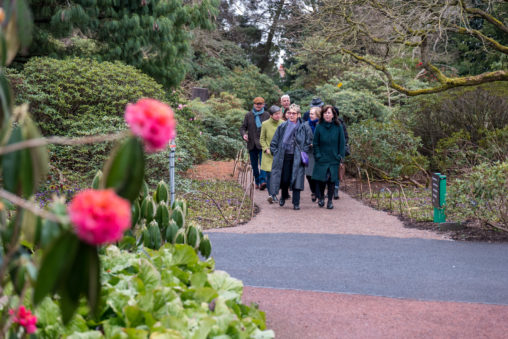
Klaudia Jaworska is in her third year at Edinburgh Napier University, studying International Festivals and Events Management and Marketing. As part of her course, she is currently carrying out a work placement in RBGE’s Public Engagement Department. Here, Klaudia shares her experience from the morning of Siân Bowen’s micro-conference at RBGE.
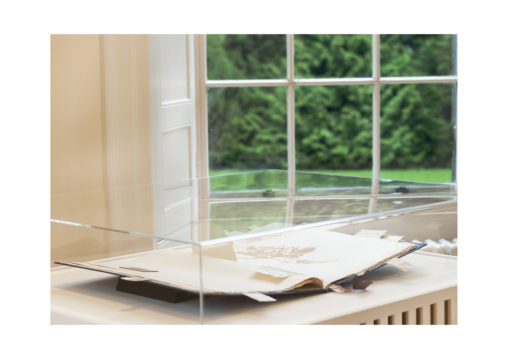
After Hortus Malabaricus: Sensing and Presencing Rare Plants marks the culmination of my four-year collaboration with the Herbarium at the Royal Botanic Garden Edinburgh (RBGE). Having held my first solo exhibition in Scotland at Inverleith House at RBGE in 1995, it is wonderful to be able to exhibit here once again. In 2017, I was awarded a Leverhulme Research Fellowship to carry out the project. The Leverhulme Trust is known for supporting experimental proposals with an emphasis on outward facing journeys. The journey that the award facilitated has certainly been extraordinary – opening up possibilities to work with botanists, ecologists, historical researchers, cultural geographers, taxonomists and curators. It has allowed encounters with rare plants in darkened herbaria and light-filled South Indian forests and swamps; epistemologies used to ‘reveal’ specimens and sensory differences between plants’ live and preserved states.

